Hip Dysplasia
Hip Dysplasia can be discovered at any age. It is considered to be the most common orthopaedic disease in dogs. Animal physiotherapy and rehabilitation can dramatically improve the quality of life and mobility in dogs with hip dysplasia.
Hip dysplasia is a genetic condition where the hip joint doesn't develop properly, leading to instability and eventual arthritis. It's common in larger dog breeds.
Clients should consult with a veterinarian to diagnose hip dysplasia and discuss treatment options, which may include rehabilitation, medication, and in some cases surgery.
Rehabilitation practitioners can create a customized rehabilitation plan tailored to the dog's specific needs which will include exercise and weight management, physical therapy sessions such as massage, stretching exercises, and passive range-of-motion exercises to improve muscle tone and joint mobility. Underwater treadmill sessions can help strengthen your dog's muscles without putting excessive strain on the hips. It's an excellent low-impact exercise option.
It's essential for clients to work closely with their veterinarian and rehabilitation practitioner to create a comprehensive plan that addresses their dog's unique needs and ensures the best possible outcome for a dog with hip dysplasia. Regular check-ups with the veterinarian and rehabilitation practitioner are essential to monitor progress and adjusting the rehabilitation plan as needed. Clients may need to make lifestyle modifications, such as installing ramps to avoid stairs and using orthopedic bedding.
Hip dysplasia is a lifelong condition. Clients should be prepared for ongoing care and management to ensure their dog's comfort and well-being. The primary goal of rehabilitation is to improve the dog's quality of life. Clients should focus on providing a comfortable and happy environment for their pet.
Would you like to know what to do to help improve your pet’s comfort and mobility?
Here are a few basic tips to help improve comfort and mobility for your pet with Hip Dysplasia. These “do at home” therapies are meant as an early guide while you are sorting out appropriate professional care for your fur baby, please consult with your Veterinarian to confirm what condition your beloved pet is suffering from before starting any rehabilitation plan.
Ruby
“Ruby was diagnosed with hip dysplasia at six-months old. I thought my world had ended. I was told Ruby needed both hips replaced but was too young, we were then referred to Active Pet Rehab, and haven’t looked back since. Ten months later, Ruby’s hip muscles have built up and she’s walking with ease.”
- Marie


